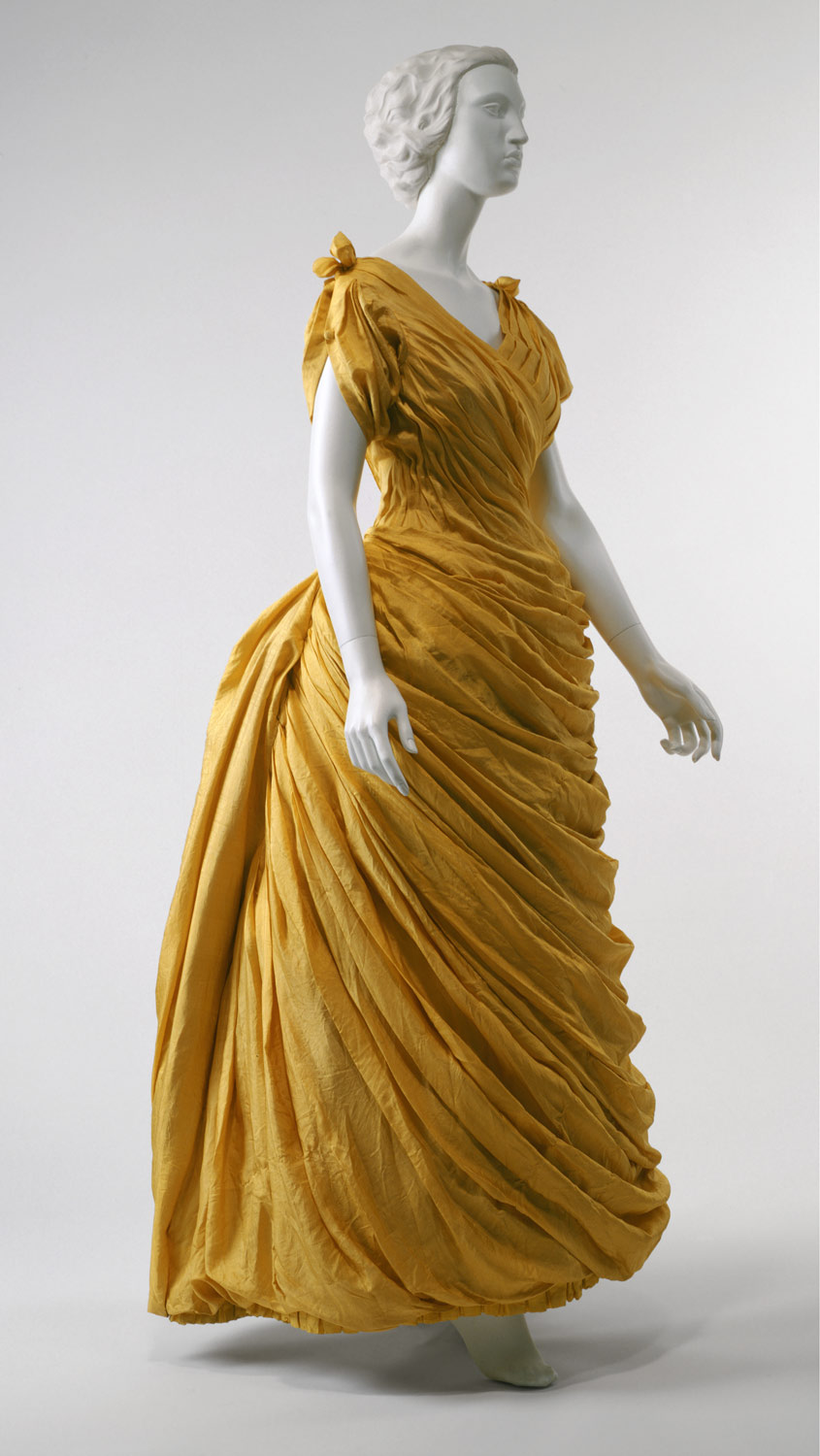Dissertation workshop
With Esther
It had some informative stuff, but like most of our contextual studies it tended to draw on and on and on...so it goes I suppose :)
Academic practice
·
Structure
·
Content
·
Referencing and citations (Harvard)
·
Plagiarism and how to avoid it
·
Presentation and formatting
Remember to pace yourself and make sure you have time to
fully create your essay
A dissertation must have …
·
Title
·
Abstract
·
Table of contents and if relevant table of
figures (images)
o
Introduction
o
A clear discussion that uses:
o
Relevant examples
o
Relevant literature
o
Properly referenced
o
Synthesis of examples ideas and evidence
·
Conclusion
·
Bibliography
·
Subsections are useful
·
Images are useful
Make sure you discussion is clear, that is one of the
reasons that you are asked to write an abstract.
Make sure that all your examples are relevant to your title
What is an abstract?
A summary of the entire discussion AFTER it has been
completed
It is not a proposal but a statement
Maybe like telling someone they are going for a walk
What does an introduction do?
It sets out the main argument and direction of the essay it
is like giving the reader a map for the walk.
A dissertation does not only describe an example. It must
also,
·
Synthesize
·
Analyze
·
Explain
·
Make connections
What do you want to say?
Don’t over describe.
Why are you describing this? What are you trying to explain
with this description?
Content
·
Theory: a tool to help you understand and
explain
·
Examples: that illustrate of demonstrate
·
Arguments: use theory and examples to build a
discussion
Useful sources to include:
Collins Jane & Andrew Nisbet (eds.) 2010. Theater and
performance desing: a reader in scenography, London: Routeldge.
Tyson Lois 2006. Critical theory today: a user freiendly
guide. New York: Routledge
A Conclusion is …
·
Made up of all the parts and demonstrates where
you have arrived at the end of your “walk”
·
The accumulative out come of the points along
the way
·
Demonstrates the development of your discussion
·
It should not include new points: they go in the
essay
Sentences paragraphs and using source material…
Analyse, compare, synthesize, evaluate, apply, and justify…
What is a sentence… a complete sentence must make sense on
its own, but its meaning is expanded within the paragraph
What is a paragraph… it should contain a POINT, an EXAMPLE,
an EXPLANATION.
How to use source material..
·
Summarize
·
Analyze the idea to say something else
·
Direct quotes
·
Larger direct quotes
If you use a large quote, then you need to discuss your
quotation and touch on what the relevant points are. What does it demonstrate?
Why did you put it there?
Do not make big claims without having support for them
Use sources to justify your point
Different types of sources,
Images
Productions
Designs
Interviews
Reviews
Stories
Films
Plays
All help to identify your subject
Academic books
Academic journals
Help to analyze your subject
How to use your images successfully…
·
What is it for?
·
To illustrate a point?
·
To demonstrate a point?
·
What is the difference?
·
USE all images in the discussion
Reference all images and include a table of images
Berger John 1972. Ways
of seeing. Lodon: BBC; Penguin
Referencing reminder
·
What, why, and when?
·
Harvard to demonstrate and link to source (and
avoid plagiarism) all the time…
Avoiding plafiarism is simple
Reference the source of all information you use. You must do
this:
Everytime you quote
Every time you paraphrase of summarise
Every time you express and idea that has been informed by
someone else
Every time you mention the work of opinion of some one else
Plagiarism.org/index
HARVARD SYSTEM
·
In text citations (author, date: page number)
o
After every quote paraphrase summary reference
to someone else’s idea
·
Bibliography at the end of the document
o
Author (Ed). (date). Titles. publication details (where, what company). Ed is only if it
is edited
Citation in the essay: (Brook,
1968:XX)
Website. Find the author,
- Author/identifying label (date). Title. Organization. Web
Address. [access date]
Presentation and formatting
·
Present a bibliography
·
Paragraphs
·
Accurate spelling
o
Common errors
·
Accurate punctuation
o
Common errors
·
How to…
o
Margins, page numbers, font size and other
important aesthetic details
·
Common errors:
·
Their/there
·
Affect/effect
·
Where/were
·
It’s/its
Apostrophes and how to use them…
Contractions: it’s (it is), doesn’t (does not) etc. Do not
use contractions write out in full
Possession: one woman’s hat; sarah’s house
Sloppy stuff get rid of “ings”
Instead state the subject state your argument (present your
perspective)
Unnecessary stuff…
·
Book titles
·
Peoples first names or titles
·
Biographical details
·
Over description
Process:
·
Dissertations
·
Start with a working title-question
·
Research plan write research more
·
Reorganize replan rewrite
·
Rewrite edit proof read
·
Check bibliography and all references and
citations
·
You now have an answer/discussion. Not a
question.
·
Make sure the title and abstract make a statement
Formatting
·
Font times new roman, or arial 12 point
·
Double space
·
2.5 to 3.5 cm (1”-1.5”) on all 4 sides of pages
·
Page numbers (from first page of written text)
and your name on every page
·
Bound in a plastic folder
·
3x hard copies (one in color, if applicable)
plus 1 disk (supply one awesome copy and two copies that meet the format)
Turnitinßplagiarism
cite
Check in with study support for international students J









